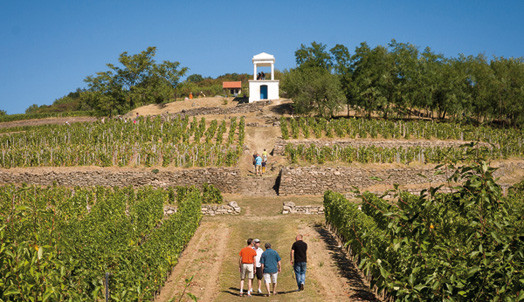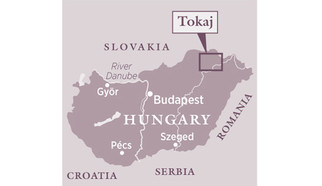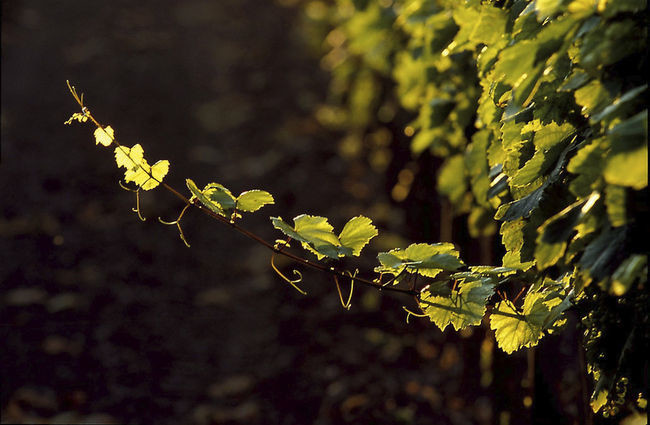This beautiful UNESCO World Heritage Site, with its famous sweet wines, great food and stunning architecture, is a perfect getaway.

Tokaj fact file:
Planted area: 5,500 hectares
Main grapes: Furmint, Hárslevelu and Sága Muskotály (Muscat Lunel)
Main soil types: Loess, clay, volcanic subsoil (including tufa and basalt)
Production of Tokaji: 159,757hl (2013)
Introduction:
One of the wine world’s most fascinating wine regions, Tokaj has a history of distinguished winemaking of more than 500 years. And the sweet Tokaji wines produced here are considered by top sommeliers and wine aficionados as some of the greatest and most distinctive in the world.
So what better than to go directly to the source – to see for yourself the stunning vineyards planted around the massive extinct volcano, Mount Tokaj, and the foothills of the Zemplén mountains in northeastern Hungary. Here, nearly every year, autumn mists help spawn an outbreak of botrytis cinerea – noble rot – in the vineyards, turning some of the grapes into raisin-like baubles. When pressed into a paste or lightly crushed, and then blended with either fermenting grape must or a finished dry base wine, the result is one of the world’s oldest and most revered sweet white wines – Tokaji aszú. This luscious nectar has been made since at least the 16th century, and in the 1700s, Tokaj became Europe’s first classified wine region.
So remarkable is the landscape and its winemaking tradition that Tokaj was declared a UNESCO World Heritage Site in 2002. It’s a thrilling time to visit Tokaj-Hegyalja (the official name, meaning Tokaj foothills): the vineyards and wine styles are being revitalised and there’s even the development of a hip food and drink scene.
The first renaissance began just after Hungary shed its communist rule and mass-production methodology in the early 1990s. Foreign investors, attracted by Tokaj’s heritage, set up wineries that are now the top producers of sweet aszú wines, such as Oremus, Disznóko, Hétszolo and the Royal Tokaji Wine Company.
The latest thrust of activity puts these wines – plus the region’s fabulous dry Tokaji whites and reds – into the spotlight, along with the remarkable local winemaking talent.
Translated by Sylvia Wu / 吴嘉溦
All rights reserved by Future plc. No part of this publication may be reproduced, distributed or transmitted in any form or by any means without the prior written permission of Decanter.
Only Official Media Partners (see About us) of DecanterChina.com may republish part of the content from the site without prior permission under strict Terms & Conditions. Contact china@decanter.com to learn about how to become an Official Media Partner of DecanterChina.com.


Comments
Submit